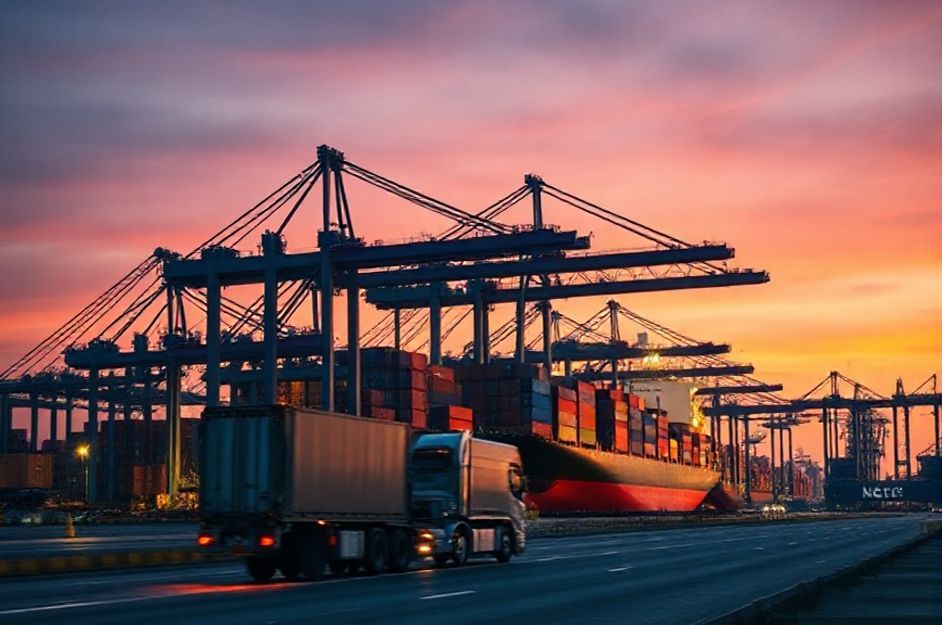The ubiquitous shipping container: a simple steel box that has profoundly reshaped global trade and logistics. Since their invention in 1956, shipping containers have revolutionized dockyards, transforming them from labor-intensive operations to capital-intensive hubs of efficiency.
Designed to minimize the time ships spend in port, these containers significantly reduce port charges and enable vessels to complete more voyages annually. Modern container ships can now dock, unload, and reload in a fraction of the time compared to the pre-container era.
Standard shipping containers, often 40 feet in length, are versatile and can be seen in freight yards, on ships, trains, and trucks. They serve as temporary storage outside factories and facilitate seamless transportation of goods.
The primary drivers behind the development of container ships and shipping containers were to expedite loading times at docksides and curtail theft. Before containerization, goods were loaded manually, a slow and costly process. The introduction of containers led to job losses and reduced opportunities for pilferage, sparking initial resistance from dockworkers.
Specialized container ports emerged to accommodate container ships, equipped with massive gantry cranes for efficient handling of containers between trains, yards, and ships.
The time saved at ports is just one aspect of the revolution. Shipping containers are rapidly transferred to trucks for delivery to their final destinations, minimizing the risk of theft and reducing transit times. This efficiency allows for the transport of more perishable goods.
Beyond standard containers, specialized variations exist, including those with hangers for transporting garments directly to retail floors, ventilated containers for agricultural products like coffee and cocoa, and containers with wider doors or lashing bars for enhanced cargo security.
